When people think of dangerous animals, they picture jungles, savannas, or somewhere dramatically exotic.
However, if you live in the UK, there might be more risk lurking in your back garden than you’d expect. We’re not exactly swimming in venomous creatures, but that doesn’t mean British wildlife is all hedgehogs and robins. From the surprisingly toxic to the sneakily aggressive, here are 10 animals that could be much closer than you think, and might just be deadlier than they let on.
1. Common wasps
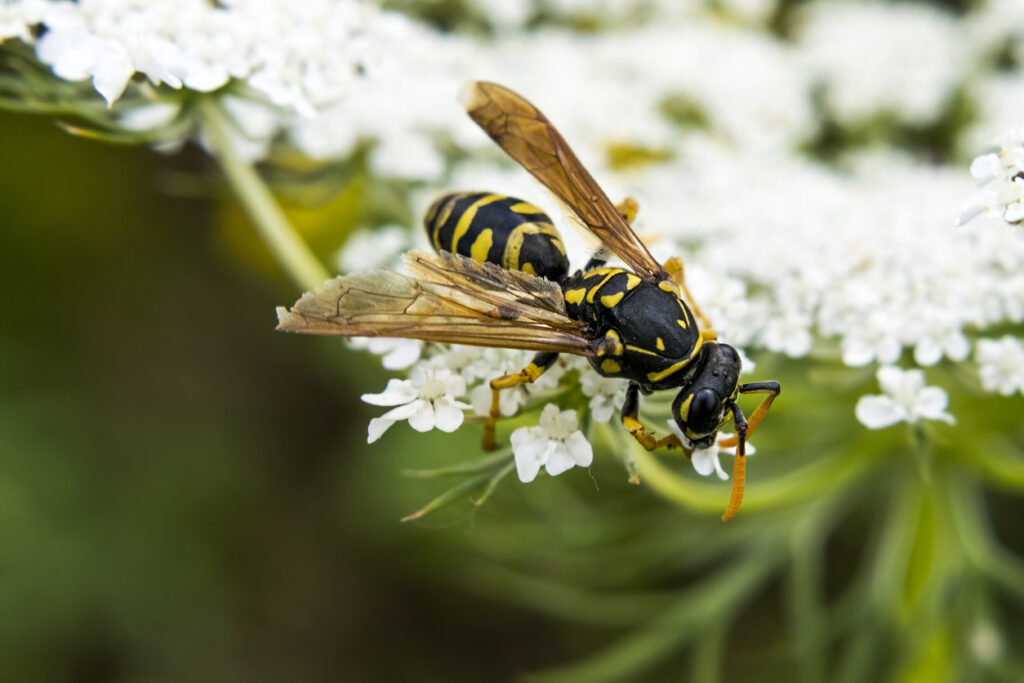
We’ve all had that moment where a wasp ruins a perfectly good BBQ, but they’re more than just an annoying nuisance. The common wasp can actually pose a serious risk to people who are allergic, and even if you’re not, multiple stings in a short amount of time can cause serious health issues. Their aggressive nature means they don’t need much provocation to attack, especially in late summer, when they’re drunk on fermenting fruit and short on food.
Worse still, they don’t die after one sting like bees do. A single wasp can keep stinging, and if there’s a nest nearby, it doesn’t take much to get swarmed. If you hear a low humming coming from a shed corner or a compost heap, it’s worth checking for a nest—safely, and preferably from a distance.
2. False widow spiders
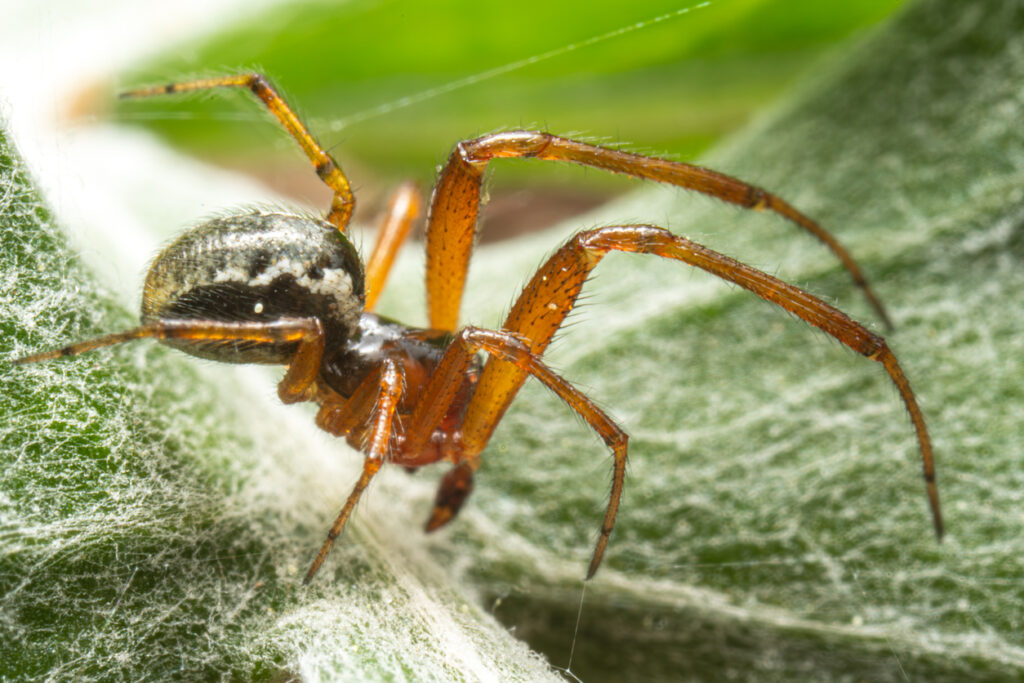
They’re often dubbed “the UK’s most dangerous spider,” and while the false widow isn’t exactly hunting people down, it does have a venomous bite. What makes them sneaky is how easy it is to mistake them for something harmless. They tend to keep to dark, dry corners—sheds, garages, and under garden furniture are all fair game.
Most bites aren’t life-threatening, but they can cause swelling, nerve pain, and in some cases, infection. The bigger issue is how resilient they are. These spiders have become well-established in southern parts of the UK and are spreading fast. If you spot one, it’s best not to mess about with it barehanded.
3. Ticks
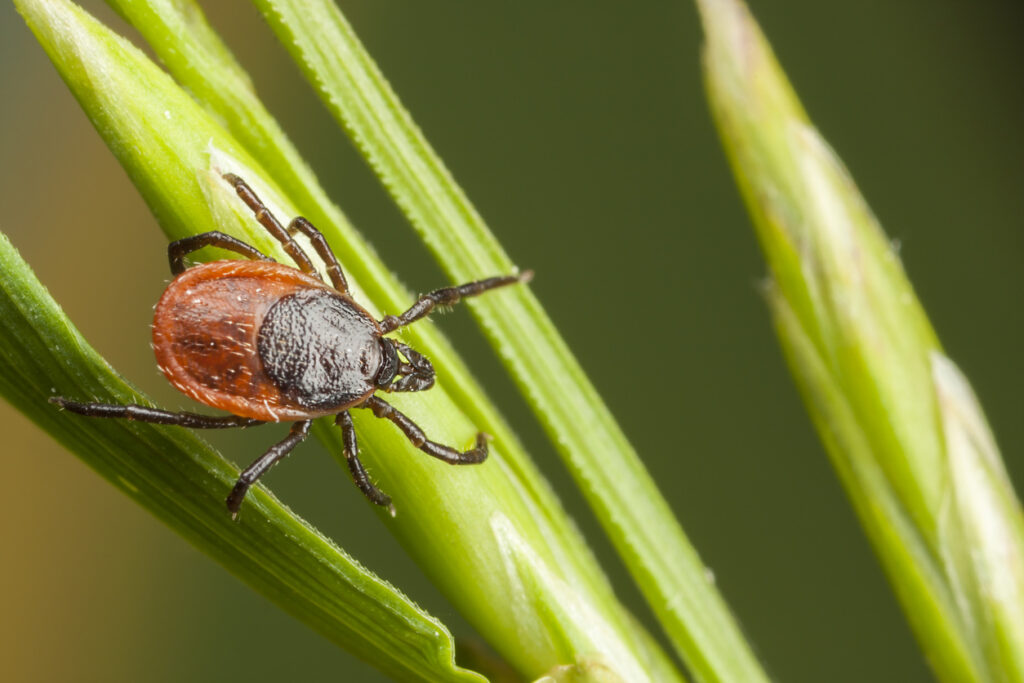
They’re tiny, but ticks are no joke. Found in long grass, leaf piles, and yes, your garden hedgerows, they latch onto pets and humans alike. The real risk comes from the diseases they carry, particularly Lyme disease, which can lead to long-term health problems if not caught early.
They’re most active between spring and autumn, and they don’t need woodland to thrive—a slightly overgrown garden will do just fine. If you’re gardening, hiking, or even playing with the dog outside, it’s worth checking yourself over afterwards. Better safe than dealing with brain fog and fatigue for months.
4. Adders
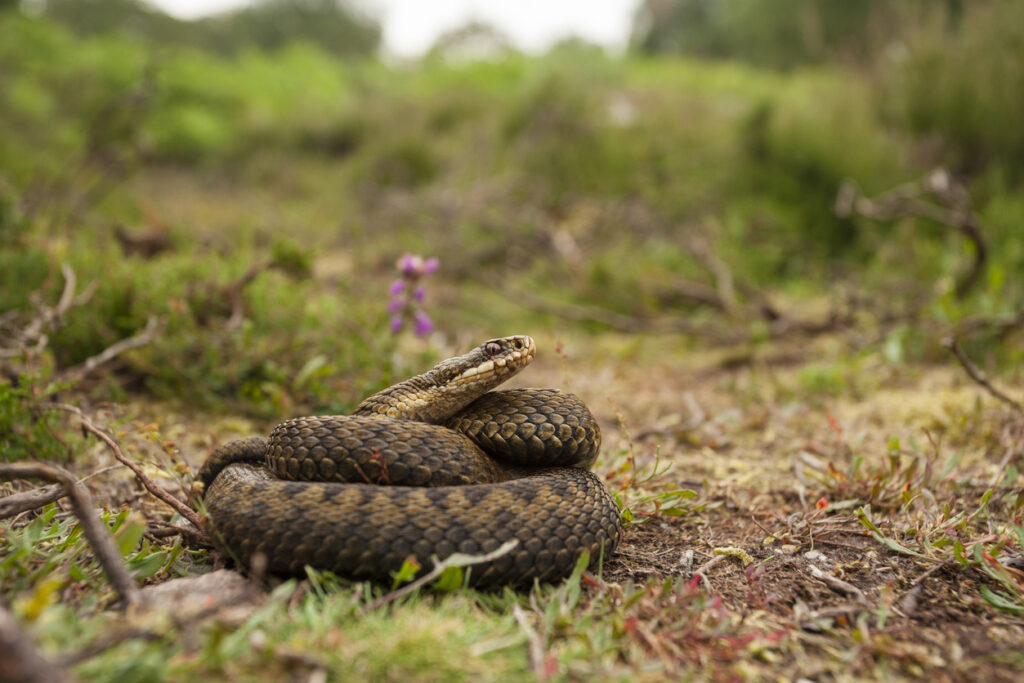
The UK’s only native venomous snake, the adder is shy but still a potential threat. While you’re unlikely to find one lounging in your patio flowerbed, if you live near heathland, moorland, or even some coastal paths, they can turn up unexpectedly in overgrown garden borders.
Their bite is rarely fatal but can be extremely painful and dangerous to children, the elderly, or pets. Most bites happen when they’re accidentally stepped on or handled, so keeping an eye out when clearing undergrowth or compost piles is a smart move, especially in warmer months when they’re basking in the sun.
5. Rats
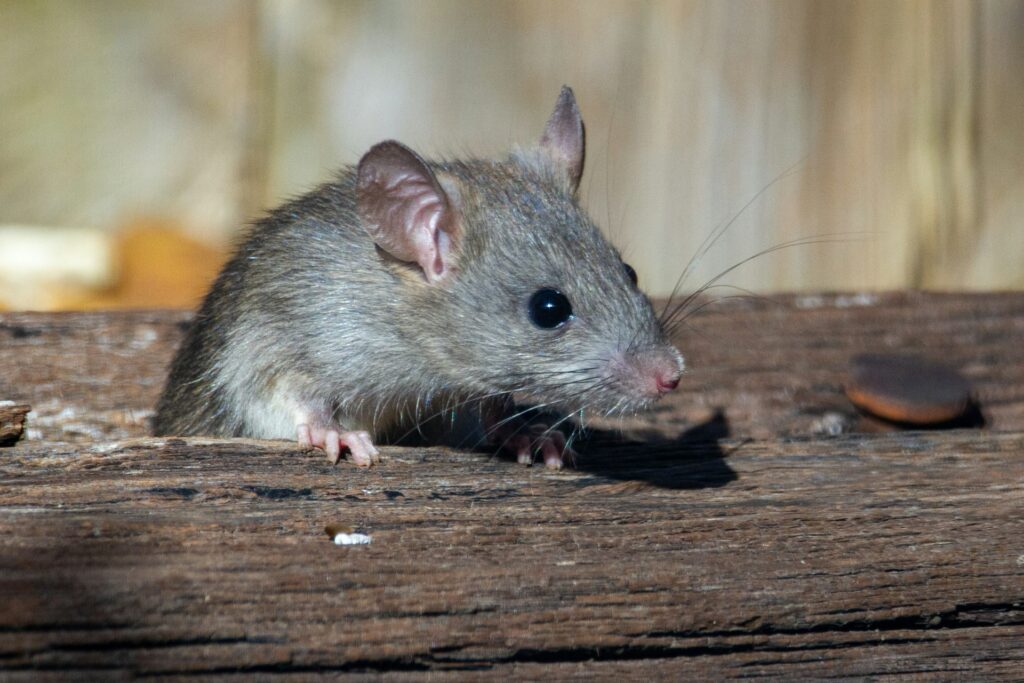
It’s not the rat itself that makes them deadly—it’s what they bring with them. Rats can carry diseases like leptospirosis (which can develop into the severe Weil’s disease), salmonella, and even hantavirus. They love compost heaps, bird feeders, and anywhere with a decent food supply and cover.
If you’re seeing signs of burrowing or gnawed food packaging in your shed or bins, it might be time to act. And don’t rely on your cat to sort it—urban rats are often bold and quick. A professional pest controller is sometimes the safest shout.
6. Cats (yes, really)
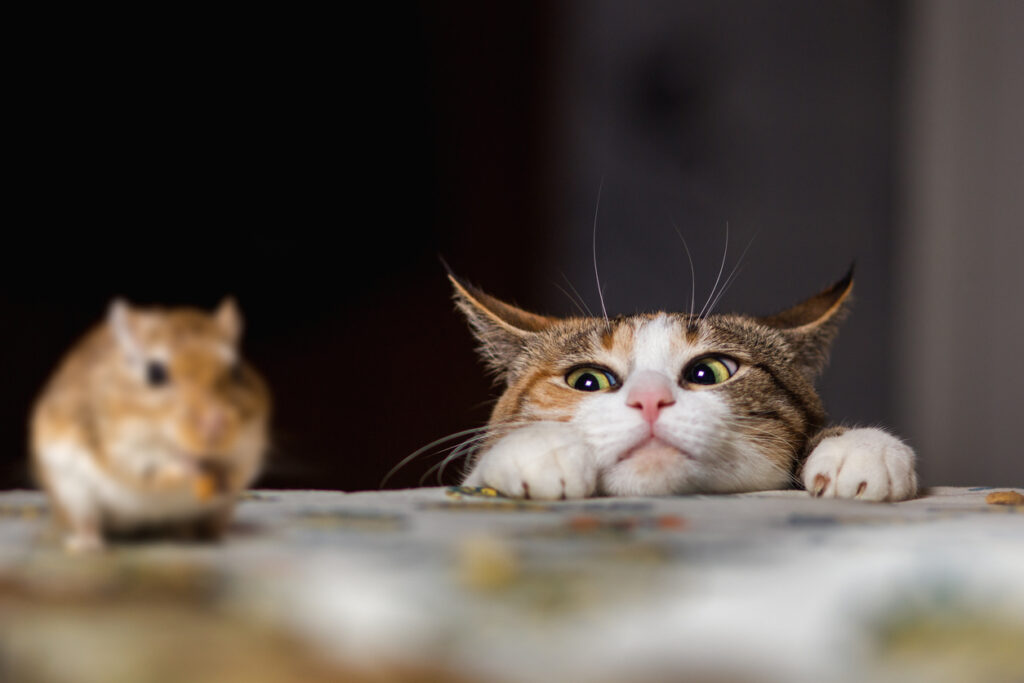
While not exactly “deadly” to humans, domestic cats are absolute assassins when it comes to UK wildlife. They kill an estimated 27 million birds a year—and that’s not counting small mammals, reptiles, or amphibians. In ecological terms, they’re a huge problem, especially in gardens where birds come to feed or nest.
It’s not about blaming your pet, but being aware of the impact helps. You can reduce the damage by fitting your cat with a collar bell or keeping them indoors during peak hunting hours (early morning and late evening). Wildlife-friendly gardening sometimes means working out how to protect it from your own furry flatmate.
7. Red ants
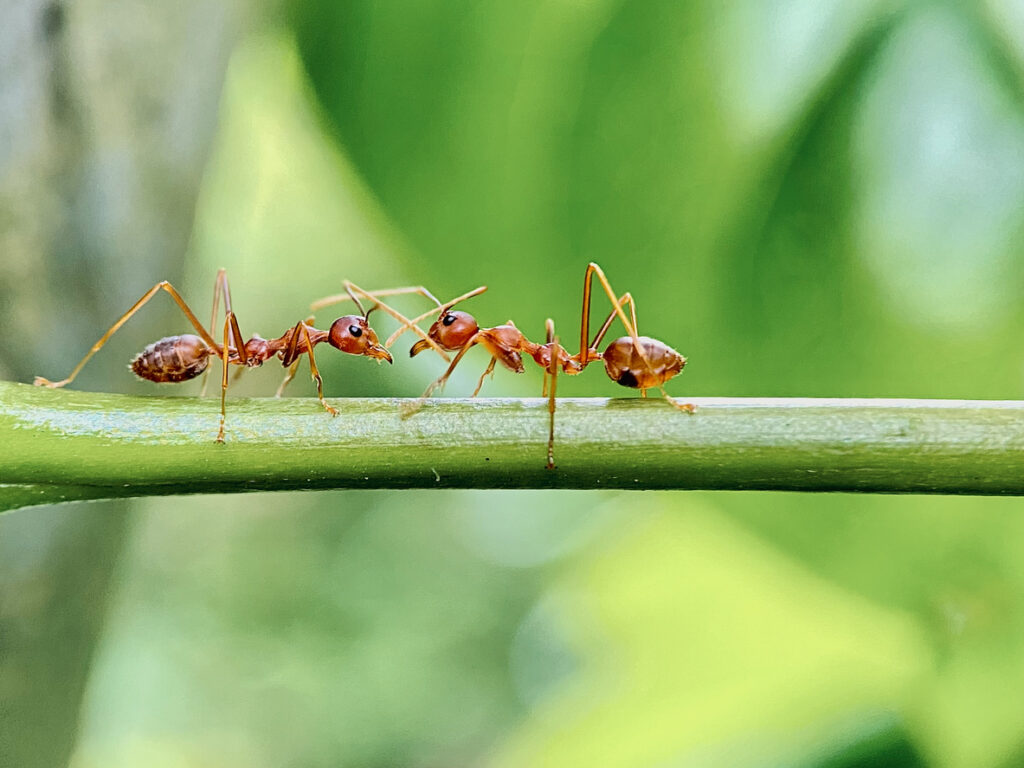
We’re not talking about your average black garden ant here. Red ants, particularly the more aggressive species like the Myrmica ruginodis, pack a painful sting. They’re more common in heathland-adjacent areas but can absolutely show up in domestic gardens too, especially ones with dry soil or sunny banks.
Unlike their more passive cousins, red ants will defend their territory if disturbed, and a sting from one of these can feel a bit like a nettle burn that lingers. It’s not deadly to most, but definitely unpleasant—especially if you kneel in their nest while weeding.
8. Foxes
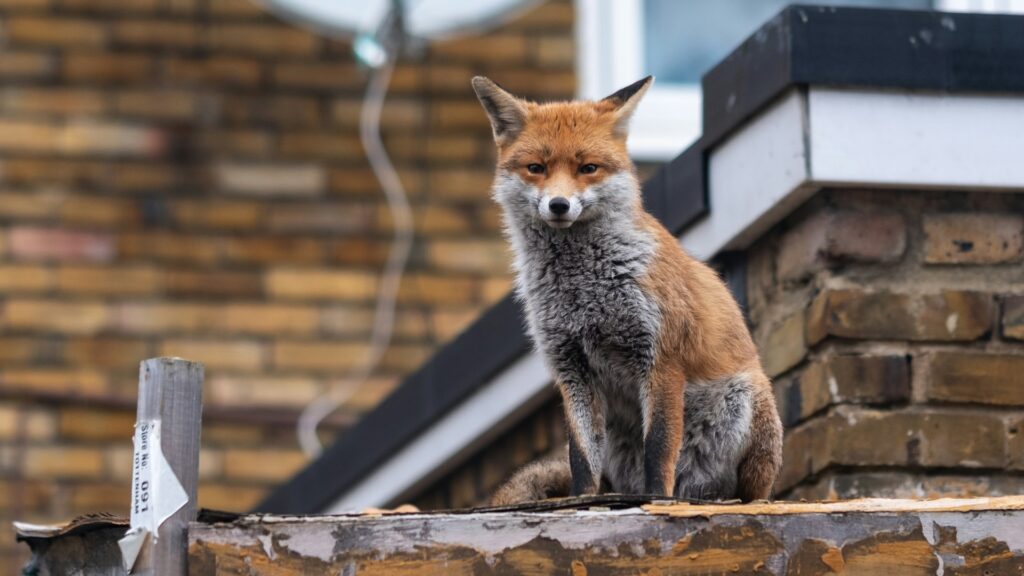
Most people think foxes are shy, nocturnal visitors, but in many UK towns and cities, they’ve adapted remarkably well to living alongside humans. While they rarely pose a threat to people directly, foxes can carry parasites and diseases that are risky for pets, including mange and lungworm.
They also sometimes leave a mess behind, digging up flowerbeds or scattering bin contents. If you have chickens, rabbits, or guinea pigs, they’re very much at risk. It’s worth checking your fencing and securing pet enclosures properly at night, even in built-up areas.
9. Garden slugs and snails
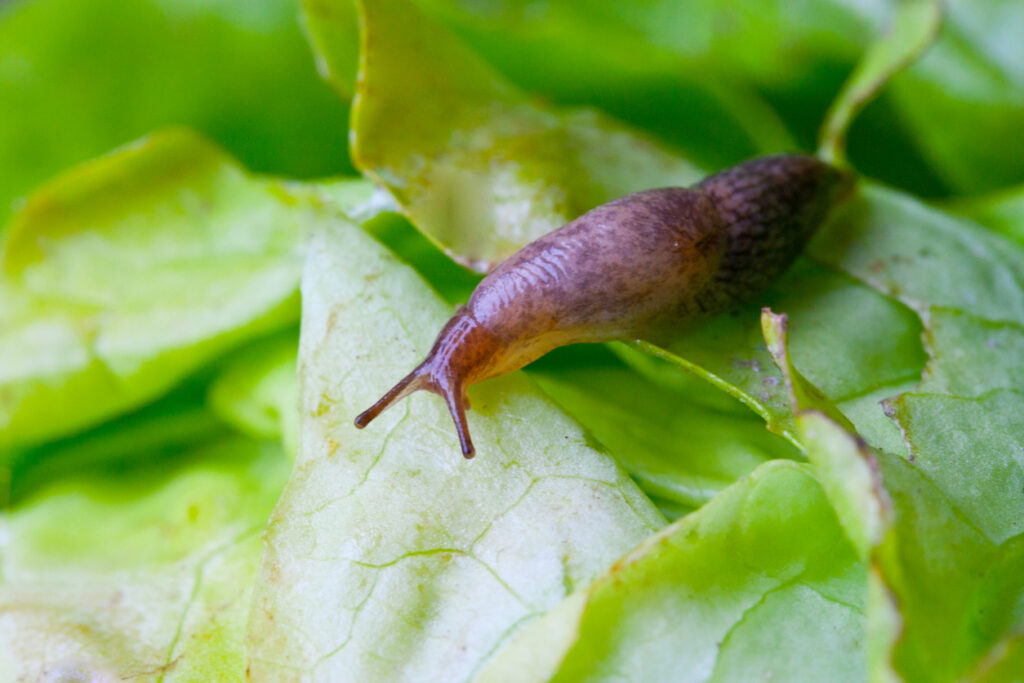
This one seems laughable until you realise they can carry lungworm larvae, which infect dogs when they eat them (and unfortunately, some dogs absolutely will). Lungworm is a nasty condition that can lead to serious respiratory and neurological issues if untreated.
While the risk is fairly low, it’s grown in recent years. Wet gardens with lots of cover—long grass, sheds, decking—are perfect for slugs and snails. If you have dogs, try to reduce their access to these critters and speak to your vet about preventative medication just in case.
10. European hornets
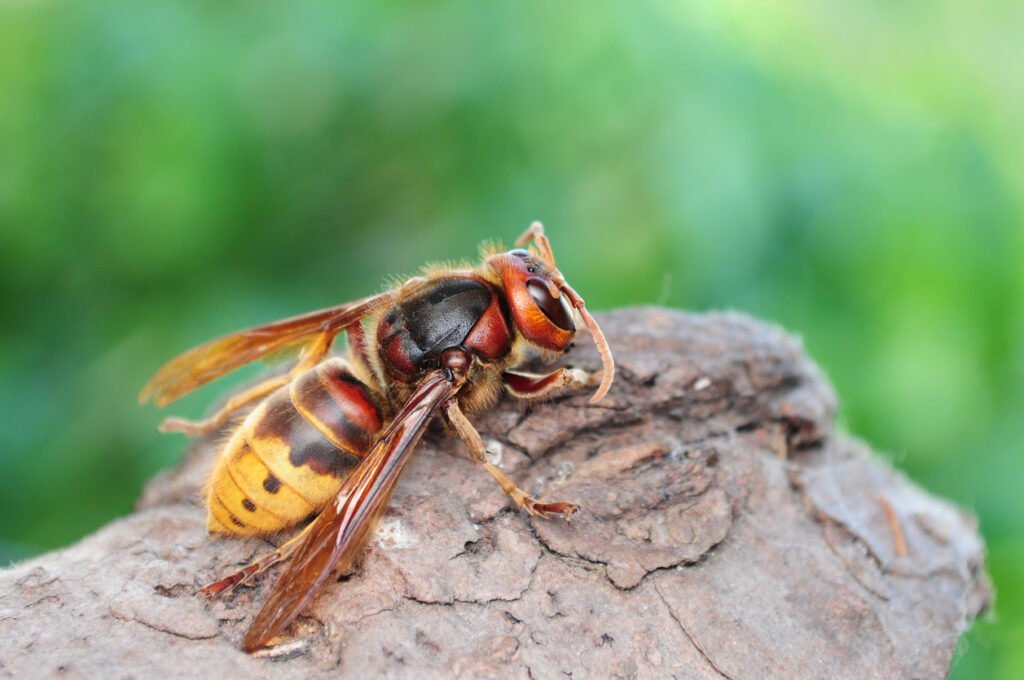
Larger than your average wasp and a lot louder too, European hornets have a fearsome reputation, and for good reason. Their sting is more painful than a standard wasp’s, and because they inject more venom, allergic reactions can be even more severe. While not common in every area, they’re becoming more widespread across the south of England.
They often nest in tree hollows or roof spaces, but can also end up in garden sheds or compost bins. If you hear a low, droning buzz that sounds a bit too deep for a wasp, don’t investigate up close. Call pest control—these ones mean business.